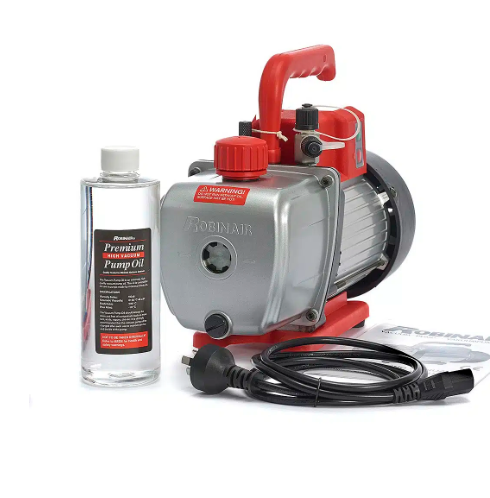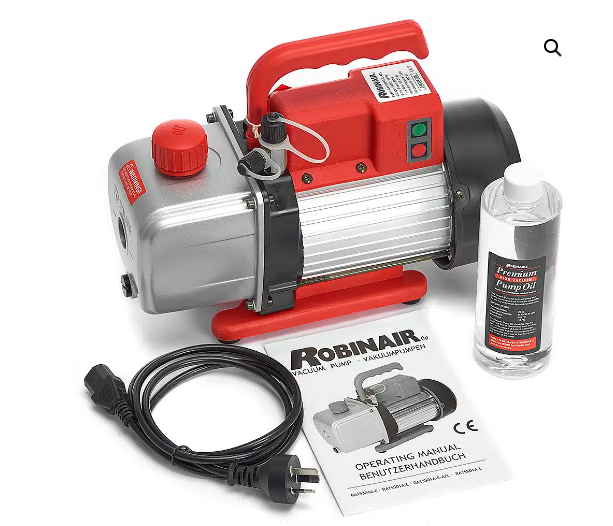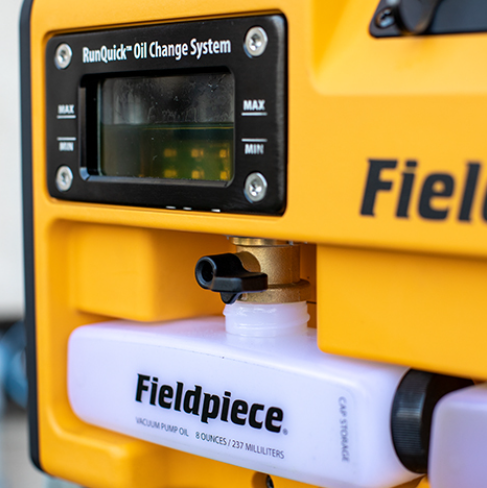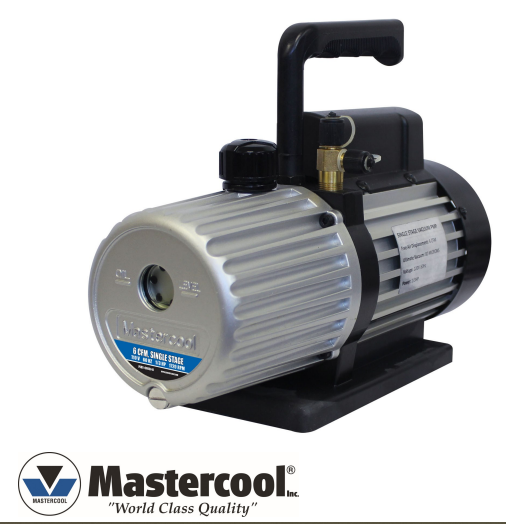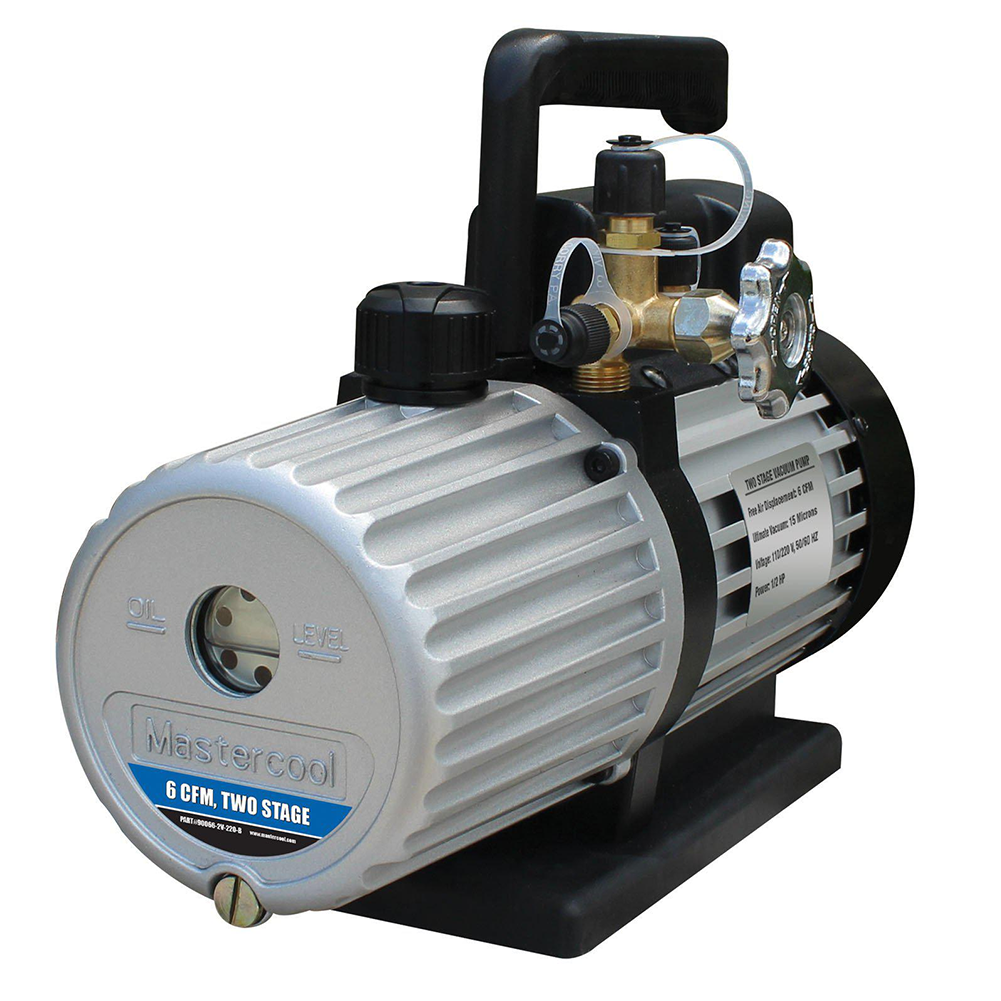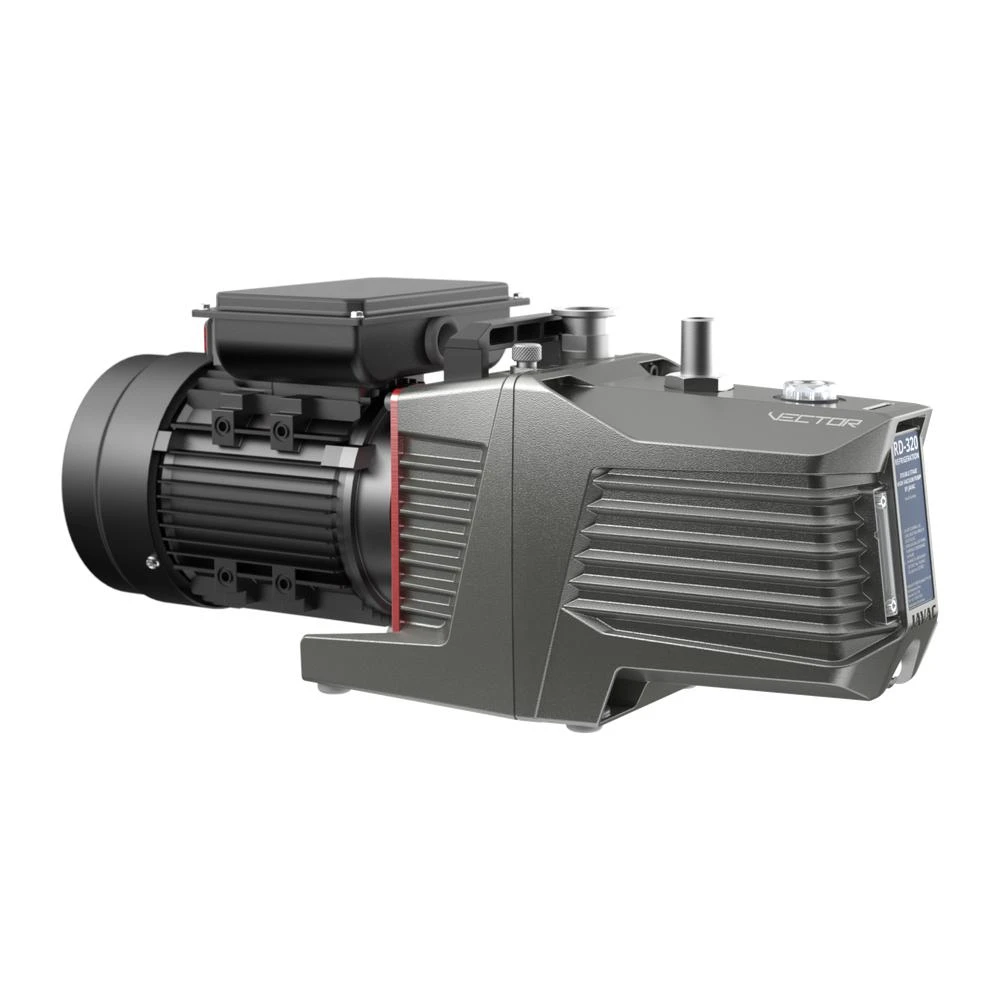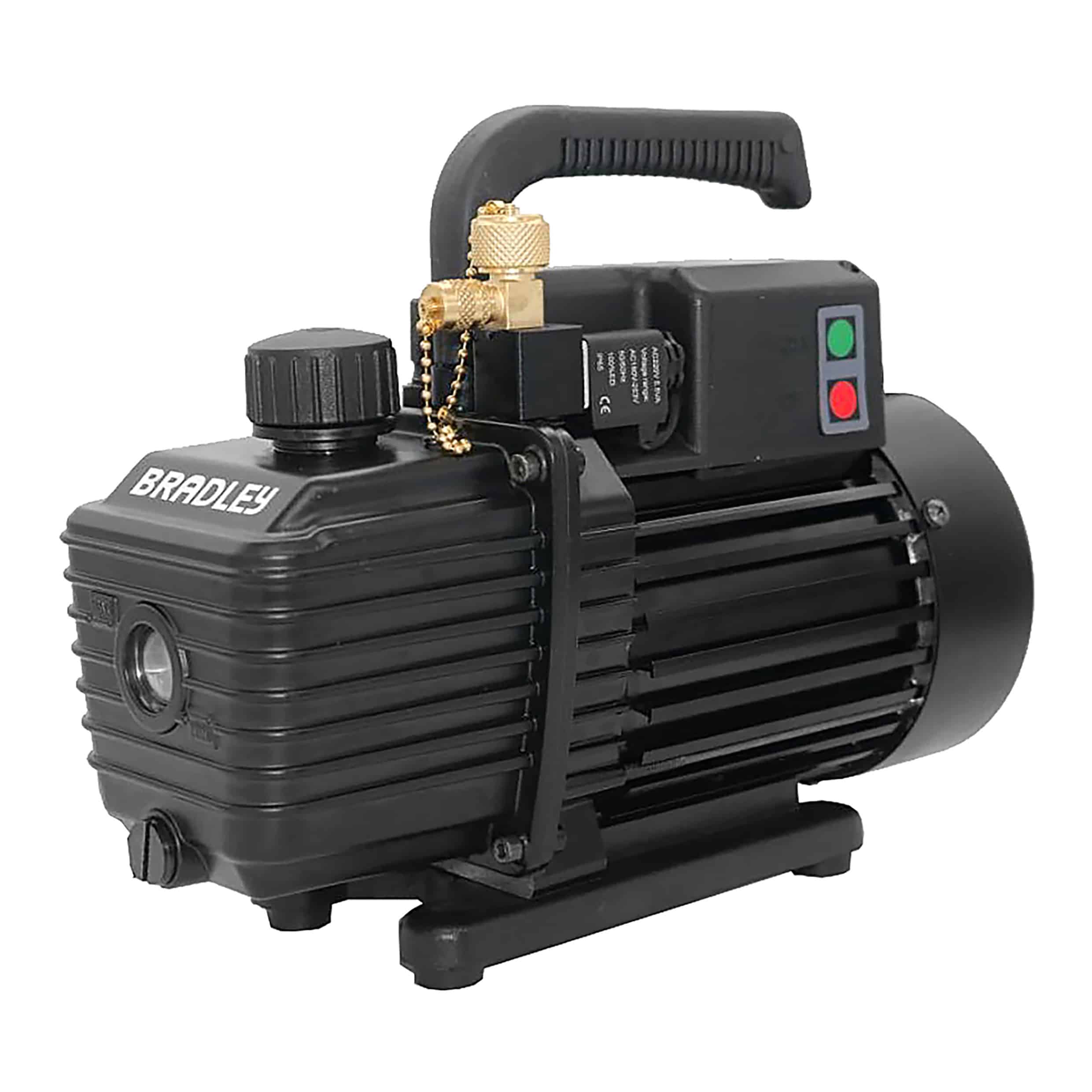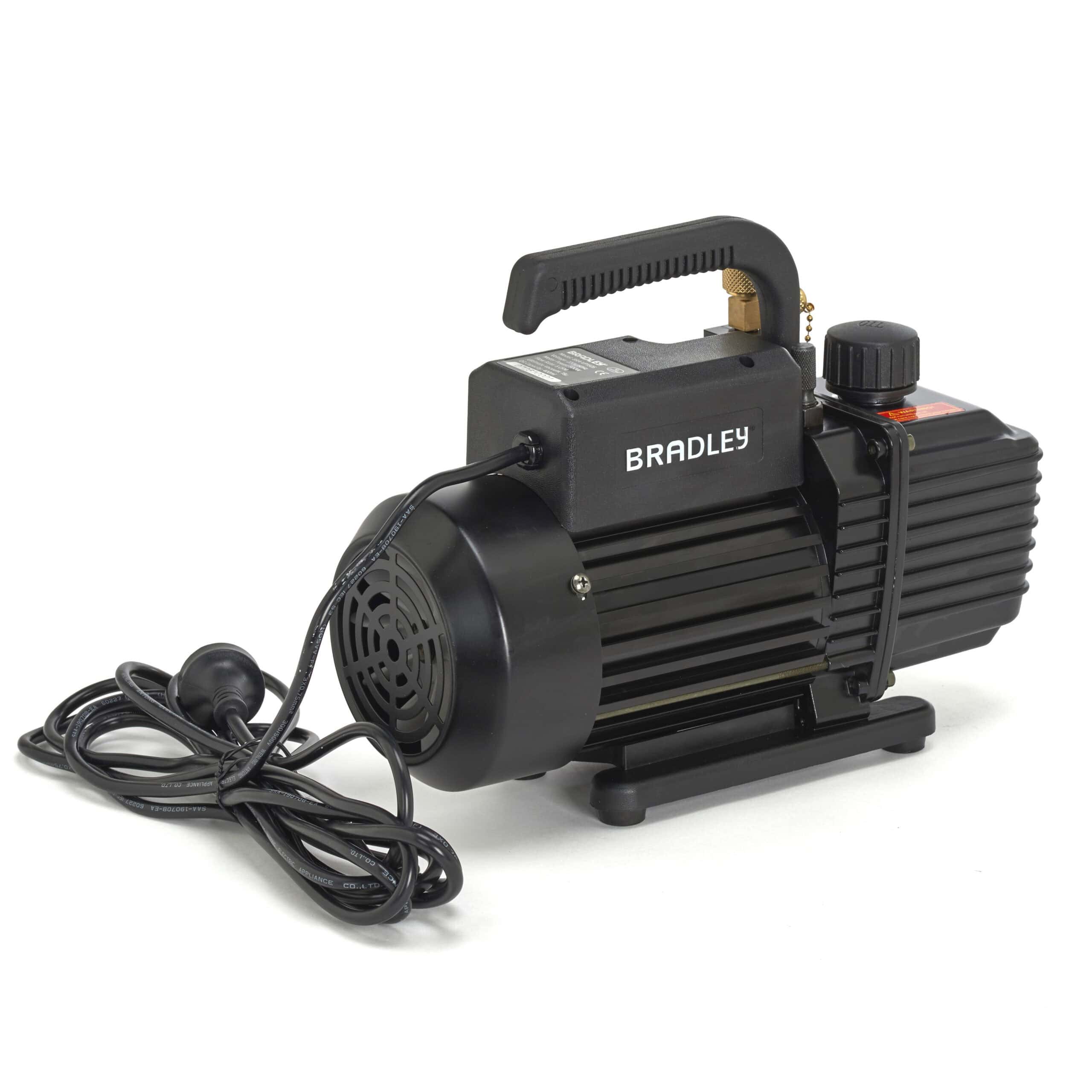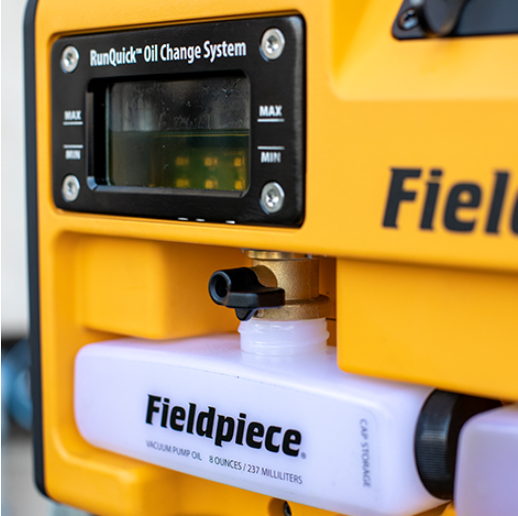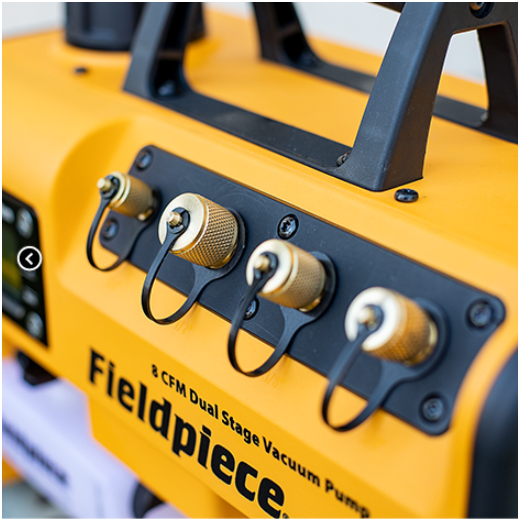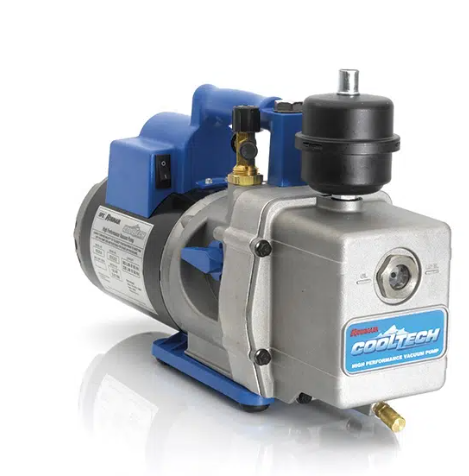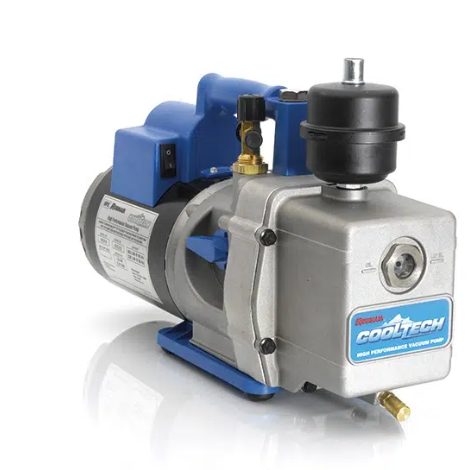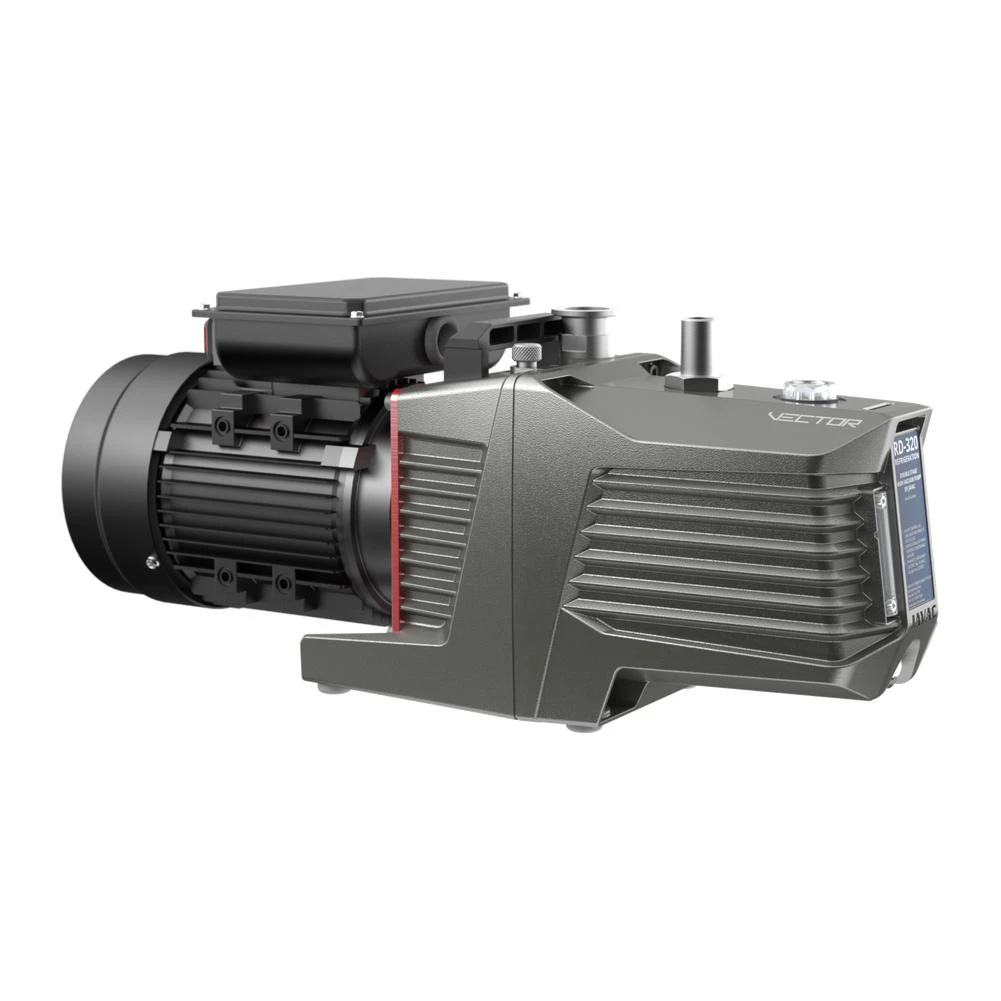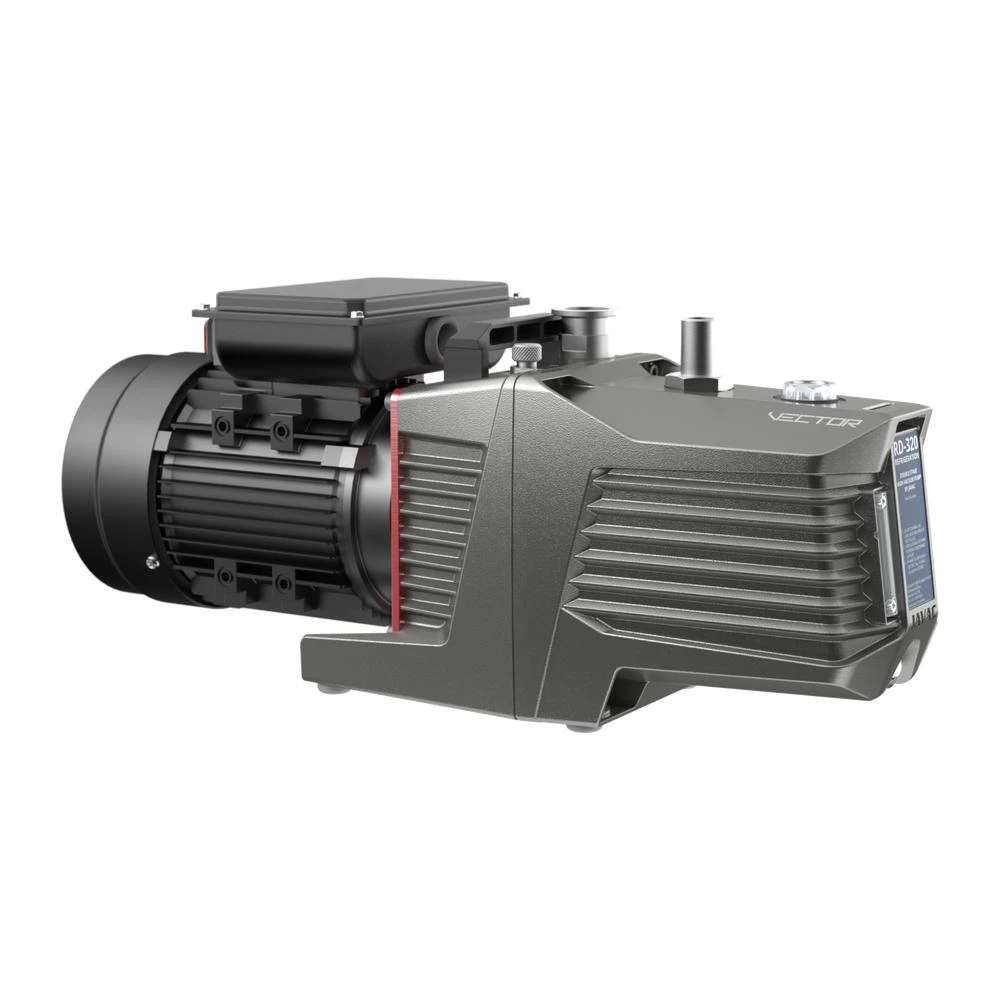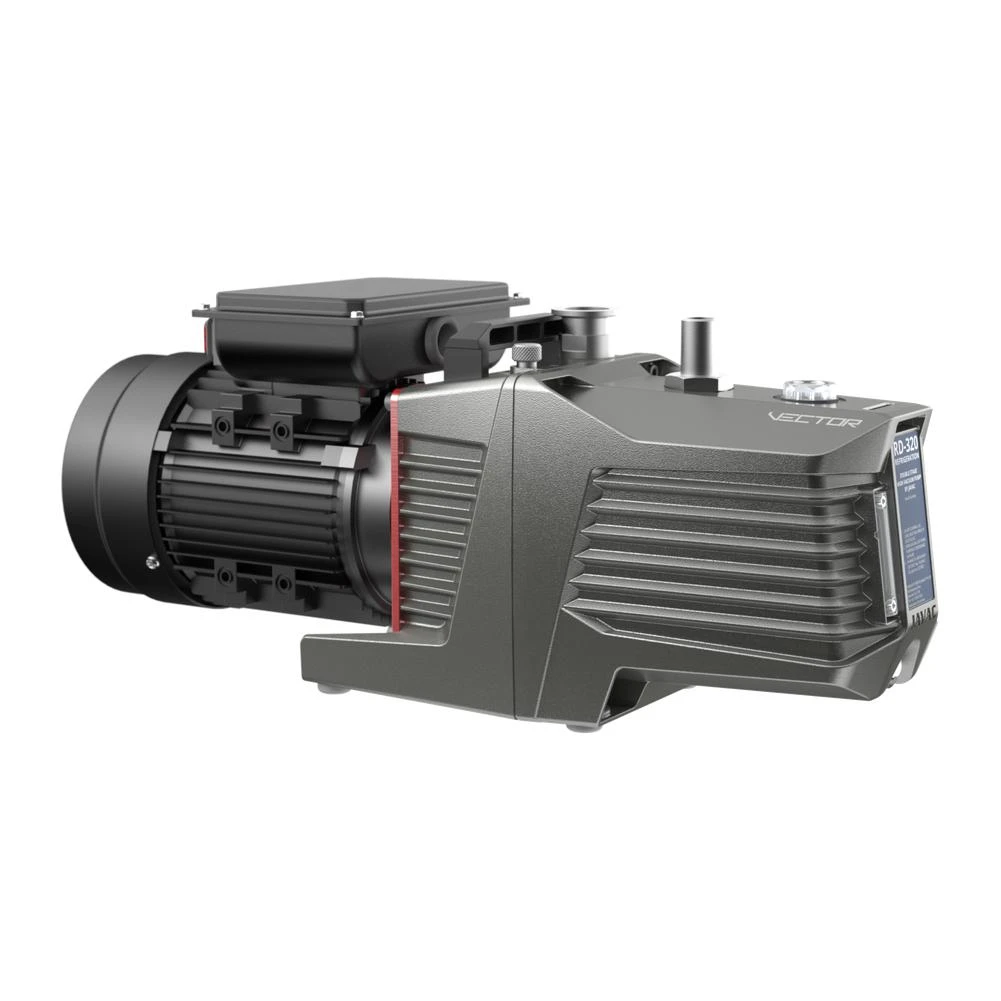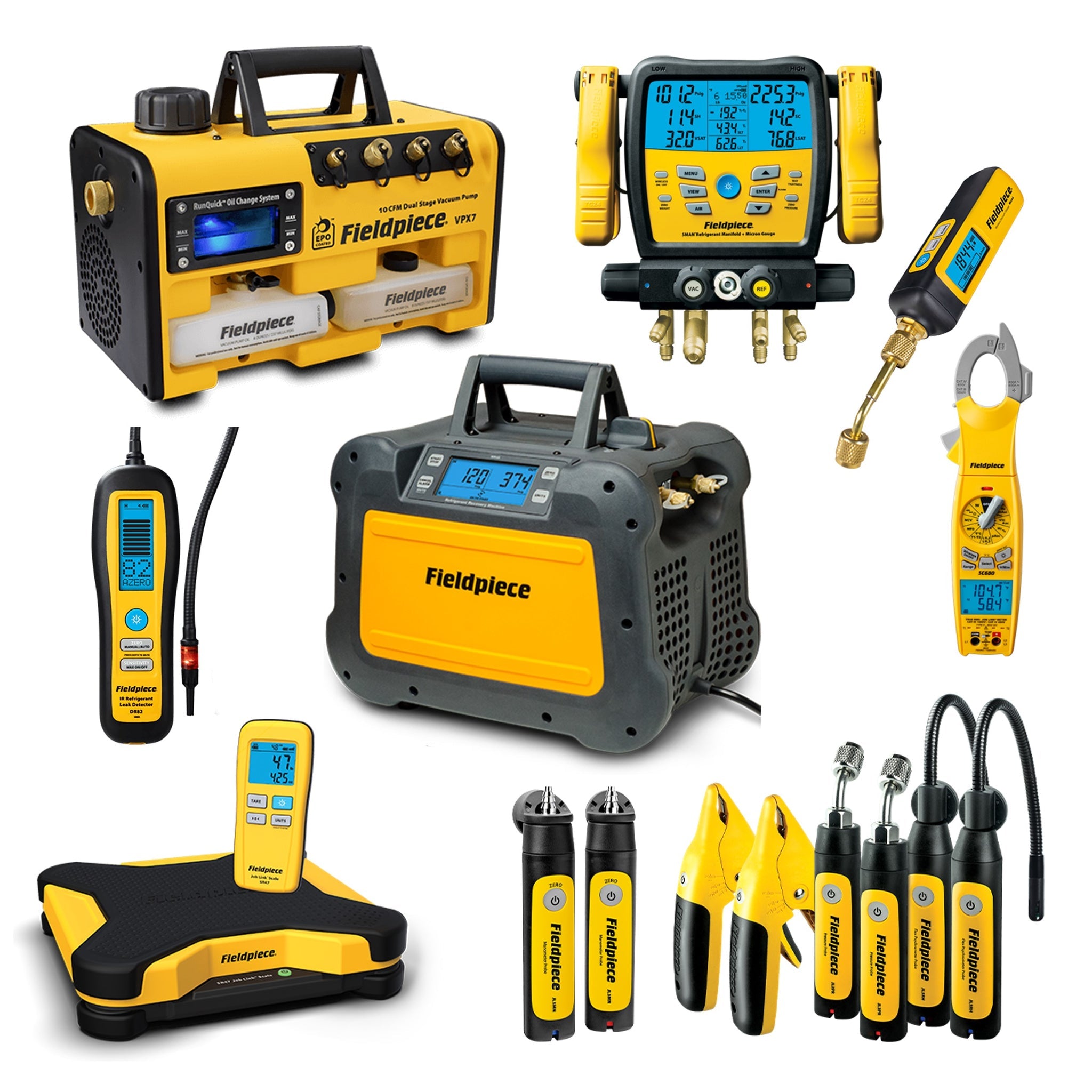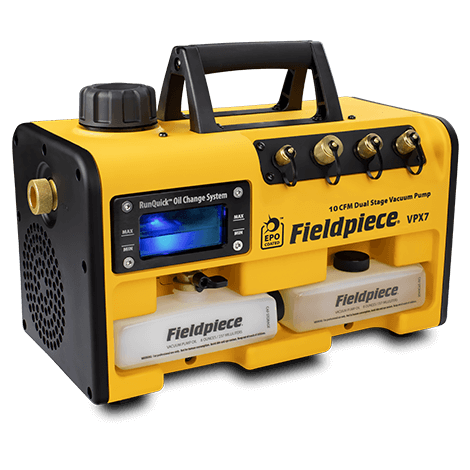Refrigerant Vacuum Pump
23 products
Showing 1 - 23 of 23 products
Best Vacuum Pumps for Aussie HVAC Pros
Need faster pull-downs and reliable deep vacuum? Our HVAC vacuum pumps—also called an air vacuum pump, evac pump or refrigerant vacuum pump—deliver clean, dry systems so you can charge with confidence and cut call-backs. Built for daily use in Australian conditions, from coastal QLD humidity to winter in Melbourne.
Engineered for Efficiency
- High-flow, dual-stage options: Move more vapour per minute and reach target microns faster.
- Large-bore porting: Better conductance for rapid moisture removal.
- Thermal protection: Keeps the motor safe on long summer pulls.
- Service-friendly: Big sight glass, easy drain/fill, replaceable filters.
- R32 & A2L workflows: Choose an R32 vacuum pump that’s compatible and follow local codes.
How to Choose
- CFM capacity: Higher CFM = faster evacuation on ducted, VRF and multi-head jobs.
- Single vs dual-stage: Dual-stage pumps achieve deeper vacuum with fewer call-backs.
- Micron capability: Look for stable low-micron performance you can confirm with a gauge.
- Portability: Light frames help on rooftops and ladder access sites.
- Clean site: Oil-mist filtration keeps indoor work tidy.
Pro Picks
Fieldpiece VPX7 — fast evacuation with quick oil-change workflow; great for frequent service calls.
Mastercool 12 CFM Two-Stage — big displacement for supermarkets, VRF and long-pull commercial jobs.
Browse by Job
- Split-System Service — compact pumps + core tools for tight cupboards.
- Commercial Refrigeration — higher CFM and long-pull reliability.
- Automotive A/C — portable rigs with easy oil checks.
- Commissioning Kits — bundles with gauges, hoses and accessories.
Pair With
For faster, truer readings, add a digital micron gauge and use large-bore hoses/core removers. It turns a good evac pump into a great setup.
Learn More
Step-by-step setup: How to Set Up a Vacuum Pump (Guide).
FAQs
What size pump for a wall split?
Most techs choose a 5–7 CFM dual-stage unit for typical splits; verify with your micron target and hose setup.
Do I need a micron gauge?
Yes—only a gauge confirms deep vacuum and system dryness.
One pump for auto A/C and refrigeration?
Yes—select by CFM, micron rating and porting; check the manual for specific refrigerants.
Are these compatible with R32?
Many are, but always confirm R32/A2L suitability on the product page or manual.
